Courage in Creative Writing: A Classroom Revolution
Deprecated: The PSR-0 `Requests_...` class names in the Requests library are deprecated. Switch to the PSR-4 `WpOrg\Requests\...` class names at your earliest convenience. in /home3/writesq4/public_html/wp-includes/class-requests.php on line 24
Welcome to the Creativity Club
We all agree on this one – each student has a vibrant, individual voice that’s ready to make its presence felt. What’s crucial is establishing an environment that unlocks this potential. A space where risks, stumbles, and learning from those stumbles is the norm.

The Magic of Courage in Creative Writing

Unraveling the Importance of Fearless Expression
A world unfettered by judgment or ridicule, especially when expressing oneself—doesn’t that sound liberating? That’s the level of freedom we aspire to provide our students with, where they can let their imagination run wild, free from the constraints of ‘right’ or ‘wrong’.
Let’s delve deeper into why fearless expression is so essential:
Nurturing Innovation
When students are unafraid of being labeled ‘incorrect’, they find themselves more open to exploring and experimenting. They’re more likely to try new narrative styles, unique character traits, or intriguing plot twists. They start pushing boundaries, leading to truly innovative and fresh writing.
Boosting Confidence
Fearless expression breeds confidence. When students realize that their ideas are valued and appreciated, irrespective of how unconventional they might be, they feel empowered. They’re more likely to share their thoughts, participate in discussions, and take creative risks in their writing. This confidence often translates into their personal lives as well, shaping them into assertive individuals.
Promoting Authenticity
Fearless expression allows students to bring their true selves into their writing. They feel comfortable penning down their thoughts and emotions, resulting in more authentic and heartfelt work. They start understanding that writing isn’t just about adhering to set rules, but also about showcasing their unique voice and perspective.
Creating a Resilient Attitude
A classroom that encourages fearless expression also helps inculcate resilience. When students understand that mistakes are just part of the learning journey, they learn to bounce back from setbacks. This resilience not only helps them in their writing journey but also equips them to handle challenges in their life.
So, what’s the big picture? Fearless expression does much more than just improve writing—it shapes students into confident, innovative, resilient, and authentic individuals. It ensures they’re not just great writers, but also well-rounded individuals ready to embrace the world beyond the classroom with an open mind.
Looking for more ways to keep your students motivated, check out “5 Quick and Easy Ways to Motivate Student Writers.”

Lighting the Creative Fire
A classroom thrumming with eager minds, where every thought, every idea is valued – that’s the breeding ground for innovation. Students, unafraid to express their unique perspectives, fuel the creative fire that makes learning an exciting journey. But how does this vibrant classroom environment ignite the creative spark in our students?
Fostering a Culture of Openness
An environment that treats every thought as a valuable contribution empowers students to voice their ideas. They start feeling comfortable sharing their unconventional or out-of-the-box ideas. This openness paves the way for a wide range of diverse and novel ideas to flow into the classroom.
Encouraging Unique Writing Styles
When students are unafraid of judgment, they begin to explore and develop their distinct writing styles. One might excel at lyrical prose while another may weave complex, multi-layered narratives with ease. By appreciating these varied styles, we encourage students to hone their unique voices instead of conforming to a specific writing mold.
Fueling Fresh Perspectives
A fear-free classroom environment allows students to contribute their unique perspectives. They might interpret a text in a way no one else in the class has, or they might come up with a novel solution to a plot problem. These fresh perspectives enrich the classroom dialogue and inspire other students to think creatively too.
Enhancing Creative Confidence
Over time, the habitual act of contributing ideas and receiving positive reinforcement builds students’ creative confidence. They start trusting their creative instincts, daring to push boundaries and venture into unexplored writing territories.
Ultimately, isn’t this what creative writing is all about? It’s about kindling the creative fire within each student, encouraging them to explore, express, and grow. It’s about building a vibrant, dynamic classroom where every voice matters, every idea counts, and every student feels empowered to let their creativity soar.
Group Activities are another great way to light the fire, so check out “Unleashing Creativity: Engaging Group Activities.”
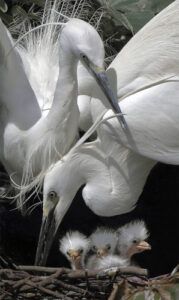
Nurturing Personal and Academic Development
The opportunity to express oneself without fear is a powerful tool. It not only fuels creative freedom but also nurtures personal and academic development. But how exactly does it contribute to a student’s growth? Let’s break it down:
Bolstering Confidence
As students continue to express their ideas fearlessly, they cultivate a strong sense of self-confidence. They begin to trust their insights and judgments, taking pride in their unique thoughts and perspectives. This confidence often extends beyond the classroom, helping them navigate social situations and personal challenges with greater assertiveness.
Fostering Appreciation for Diversity
A fearless classroom is one where diverse thoughts and ideas thrive. As students are exposed to different perspectives, they learn to appreciate diversity. They come to understand that every individual’s view adds value and enriches discussions. This respect and appreciation for diversity foster empathy, a trait essential in today’s globalized world.
Looking for other ways to embrace diversity in your class, check out “How to Encourage Diversity and Inclusion in Creative Writing Classes.”
Enhancing Critical Thinking
Fearless expression encourages students to think critically. As they grapple with different viewpoints and wrestle with novel ideas, their critical thinking skills get a significant boost. They learn to analyze situations from various angles, question assumptions, and develop well-reasoned arguments—skills that are valuable in every academic field and life scenario.
Polishing Communication Skills
As students consistently articulate their thoughts and ideas, they naturally enhance their communication skills. They learn to express themselves clearly and effectively, both in their writing and verbal discussions. Over time, this practice polishes their ability to convey complex ideas and emotions, a skill that will serve them well in their future academic and professional pursuits.
Deepening Understanding of Language and Narratives
As students fearlessly experiment with their writing, they develop a deeper understanding of language and narrative structures. They start to understand the power of well-placed words, the impact of compelling narratives, and the art of engaging storytelling. This understanding enriches their writing and helps them better appreciate and analyze literary works.
In essence, a fearless classroom does much more than just encourage creative writing. It nurtures well-rounded students who are confident, empathetic, critical thinkers, effective communicators, and passionate writers. It helps them grow not just as students, but as individuals ready to make their mark in the world.

The Blueprint for Courage in Creative Writing Classroom
Now, let’s get down to the nitty-gritty and understand how we can bring this vision to life.

1. Championing Open Communication
Open communication is the bedrock of any thriving learning environment. As educators, our goal should be to make our classroom a space where every student feels heard and valued.
Here’s how to do it:
Set the Ground Rules
Kickstart your sessions by setting clear communication norms. These rules should underline the importance of respect and equality. Encourage active listening – when a student is speaking, others should be listening. Reinforce the idea that every voice matters, and no one should feel left out or unheard.
Encourage Dialogue
Nudge your students to express their thoughts freely. Prompt them to ask questions, share their viewpoints, and respond to their peers’ ideas. This can be as simple as starting a session with, “So, who wants to share something interesting they learned over the weekend?”
Facilitate Peer Feedback
Cultivate a culture where students provide constructive criticism to each other. Guide them on how to give and receive feedback respectfully. Remember, the goal is to learn from each other, not to pinpoint flaws or pass judgment.
Incorporate Communication Exercises
Introduce activities that foster communication. ‘Circle time’, where students sit in a circle and take turns speaking, can be a great way to start. ‘Think-pair-share’ is another effective exercise. In this activity, students first ponder over a question individually (think), then discuss their thoughts with a partner (pair), and finally, share their insights with the class (share).
By championing open communication, you’re not only encouraging students to voice their ideas, but you’re also teaching them crucial life skills like active listening, empathy, and effective communication.
Now, imagine the positive impact these skills will have on their creative writing journey. They’ll be more open to experimenting, more receptive to feedback, and more confident in their unique writing voice. That’s the power of championing open communication.

2. Creating a Comfort Zone for Mistakes
Everyone stumbles. It’s an integral part of learning and growing, especially in creative writing where the process is as important as the product. Here’s how we can make our classroom a safe haven for mistakes:
Normalize Making Mistakes
Let’s begin by acknowledging that it’s okay to err. Start a class discussion around this subject. Share examples of famous writers who faced multiple rejections before achieving success. Ensure that students understand errors aren’t setbacks but stepping stones on their path to improvement.
Encourage Sharing of Mistakes
Introduce a class activity like ‘Mistake of the Day’ or a ‘Fail Forward’ board. Here, students can share a mistake they made and what they gleaned from it. It could be an error in their story’s plot, or a grammatical mistake, or even a misunderstanding of a character’s motivation. Encourage them to share how they rectified this error or plan to avoid it in the future.
Ensure Anonymity, if Needed
If students are shy about sharing their mistakes publicly, allow anonymous submissions. The goal is to make them comfortable with acknowledging and learning from their missteps, not to make them feel exposed or embarrassed.
Promote a Growth Mindset
Every time a mistake is shared, highlight the learning that emerged from it. This shift in focus from the error to the learning will foster a growth mindset. Students will start viewing their mistakes as opportunities for growth rather than failures.
By making your classroom a comfort zone for mistakes, you’re dispelling the fear associated with making errors. You’re promoting a positive, growth-oriented environment where students are more likely to take creative risks in their writing, knowing that stumbling is not just acceptable, but an applauded part of the learning process.

3. Celebrating Bravery and Achievement
Recognizing the effort and risk-taking of students is crucial in developing a fearless creative writing environment. Here’s how to weave celebration into the fabric of your classroom:
Highlight Risk-Taking
Every time a student steps out of their comfort zone – be it an unconventional character, a complex plot, or a unique narrative style – acknowledge it. Highlight it in front of the class as an instance of creative risk-taking. This will not only boost the confidence of the student who took the risk but will also inspire others to explore their creative limits.
Reward Effort, Not Just Results
The process is as important as the product in creative writing. So, ensure to reward the effort put into work, not just the end result. Did a student spend extra time researching for their historical fiction piece? Did they revise their poem multiple times to perfect the rhythm? These efforts deserve recognition.
Introduce Creative Awards
Who doesn’t love a bit of healthy competition? Introduce awards like the ‘Most Daring Attempt’ or ‘Best Creative Leap’ to your classroom. These can be given out weekly or monthly and should celebrate the creative risks and efforts made by the students. Such recognition serves as a great morale booster and motivates students to keep pushing their creative boundaries.
Publicize Achievements
Consider creating a ‘Wall of Fame’ or a classroom blog where the best creative works and notable attempts are showcased. This gives students a platform to share their work with a wider audience and the thrill of seeing their work appreciated publicly can be a powerful motivator.
Celebrating bravery and achievement doesn’t just make your students feel good about their work; it encourages them to continue pushing their limits, taking risks, and growing as creative writers. It helps to foster an environment where every step towards bold creativity is appreciated and cheered on.
4. Providing Constructive Feedback
Feedback plays an instrumental role in a writer’s journey. However, it’s essential to make sure it’s constructive and beneficial to the student. Here’s how you can do that:
Highlight the Positives
Start the feedback process by emphasizing what the student did well. Did they nail the description of a scene? Was their character development spot-on? Did their dialogue sound natural and engaging? Highlighting these strengths provides a boost of confidence and shows students what they should continue doing in their writing.
Offer Specific Suggestions for Improvement
After you’ve highlighted the positives, present your constructive criticism. Remember, the key word here is ‘constructive’. Point out areas of improvement and provide specific, actionable advice on how they can improve. Instead of saying “Your plot is weak”, you could say “The plot could be strengthened by adding more conflict or obstacles for the main character to overcome”.
Use the Compliment Sandwich Technique
This popular feedback method involves presenting a piece of constructive criticism (the filling) between two positive comments (the bread). For instance, “Your description of the setting was really vivid and made me feel like I was there. However, I noticed that your main character lacks a bit of depth – perhaps you could delve more into their backstory or emotions? On the whole, your story was very engaging and I’m interested to see what happens next.”
Encourage Peer-Review Sessions
Peer-review is a powerful tool for learning. Organize sessions where students exchange their work and provide feedback to each other. Guide them on how to give respectful and constructive feedback. This will not only provide them with different perspectives on their work but also help them to develop critical reading and editing skills.
Feedback, when done right, is a valuable guide for students. It helps them identify their strengths, work on their weaknesses, and ultimately, become more proficient and confident writers. Proper and timely feedback teaches them that writing is a process – a journey of constant learning and improvement. It shows them how every piece of feedback, every revision, brings them one step closer to becoming the best writers they can be.
For more ways to provide students feedback, check out “Cheat Sheet for Grading Creative Writing.”

FAQs on Nurturing Courage in Creative Writing Environment

Final Thoughts: Fostering Student Courage in Creative Writing
There you have it – the recipe for a bold classroom. A space where students dare to experiment, explore their creativity, and find their unique voices. A supportive, secure environment that fosters fearless expression, because that’s where the true beauty of creative writing lies.
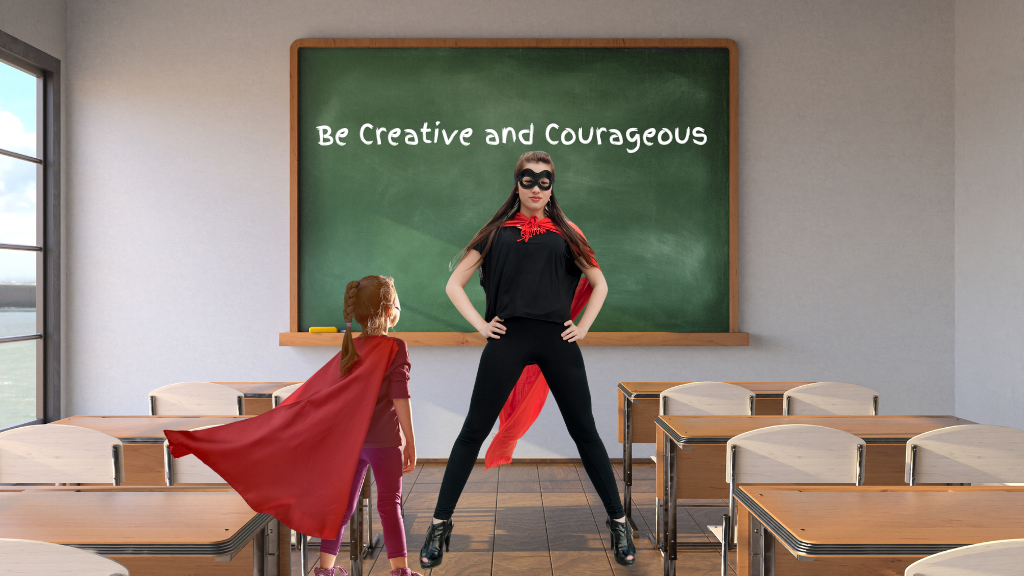

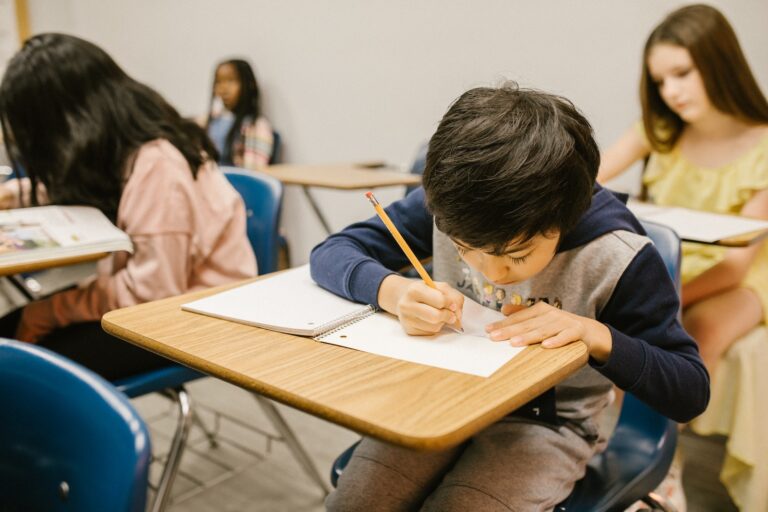
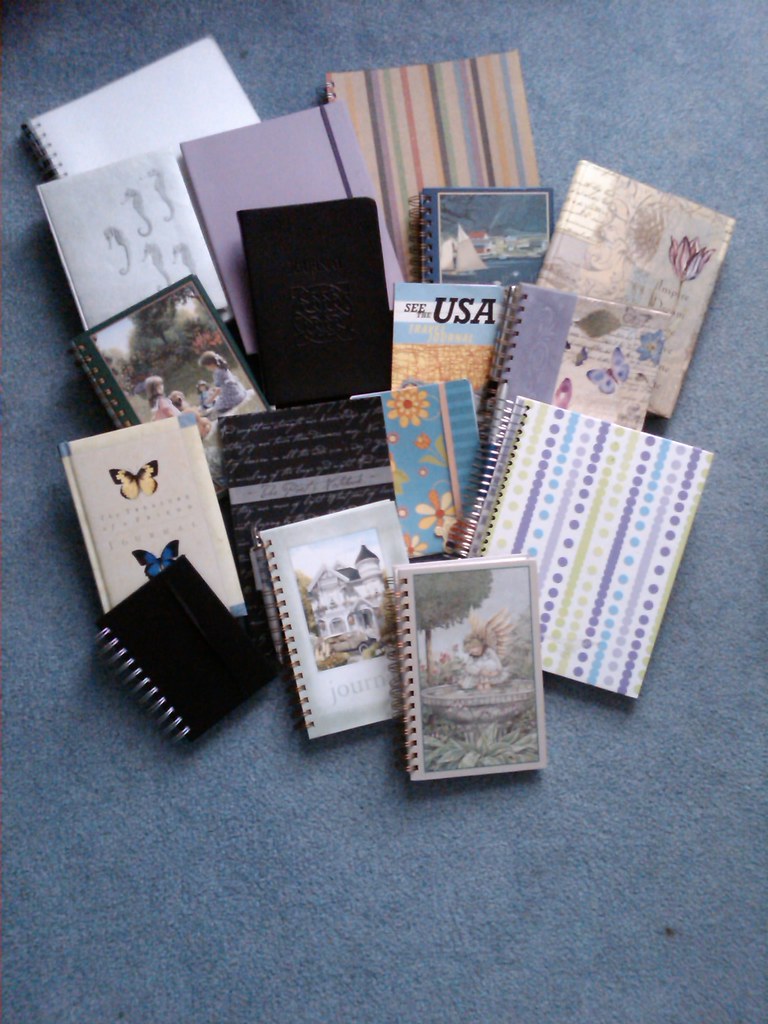


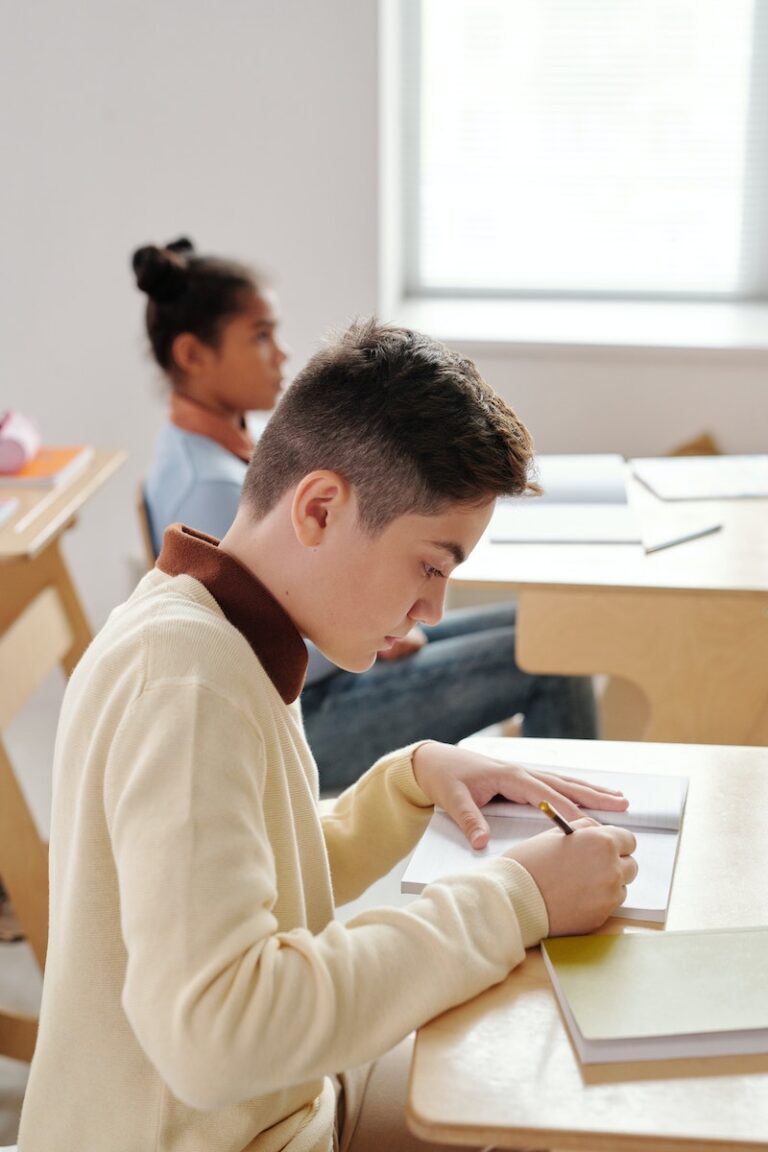

One Comment
Comments are closed.